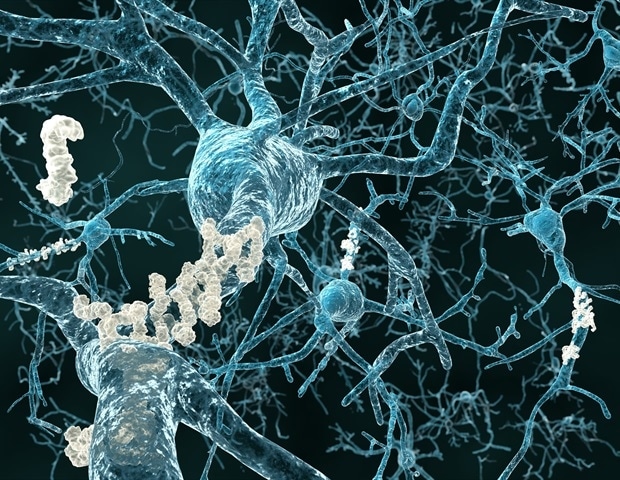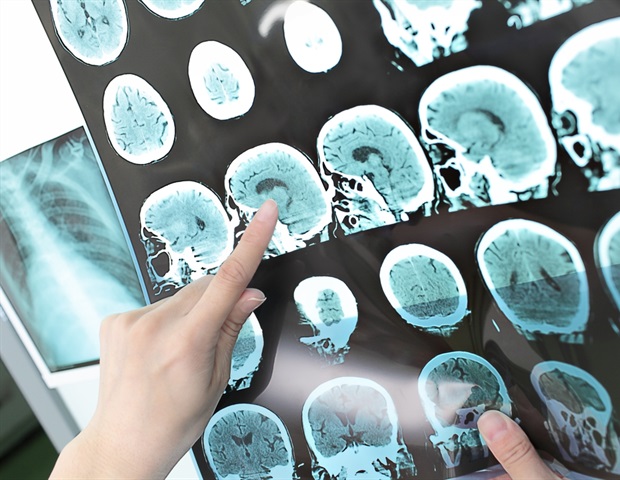Can what you eat during pregnancy really change your gut bacteria? New research reveals how the Mediterranean diet boosts beneficial microbes for expectant mothers, while stress-busting mindfulness may not be enough.
Study: Effects of Mediterranean diet or Mindfulness Based-Stress Reduction during Pregnancy on Maternal Gut and Vaginal Microbiota. A sub-analysis of the IMPACT BCN trial. Image Credit: leonori / Shutterstock
In a recent study published in The American Journal of Clinical Nutrition, researchers conducted a clinical sub-analysis to investigate the impacts of maternal diet and stress levels on the maternal microbiome. The study leveraged data from the IMPACT BCN randomized trial and found that a Mediterranean diet intervention significantly altered the composition of the maternal gut microbiota, promoting an increase in beneficial, short-chain fatty acid-producing bacteria.
A mindfulness-based stress reduction program had more modest effects on the maternal gut microbiome, with some increases in health-associated bacteria, but did not significantly alter overall microbiome structure (p=0.094). These findings highlight the maternal gut as a potential therapeutic target for improving both maternal health and potentially influencing long-term child welfare. It is important to note that microbiome outcomes were measured as exploratory endpoints, and further research is needed to determine how these changes may influence clinical outcomes for mothers and infants.
Background
Pregnancy represents a period of substantial and profound physiological change, extending beyond just the mother and her developing fetus to also include their resident microbial symbionts. Notably, research has found that maternal gut and vaginal microbiomes are the primary sources for seeding the infant’s microbiota, a process critical for the latter’s development of a healthy immune system and metabolism in later life.
Parallel studies have established a link between the independent influences of diet and stress on non-pregnant adult microbiome composition and function. Unfortunately, there remains a scarcity of evidence from randomized trials on whether structured lifestyle interventions, such as diet and stress level interventions, especially during pregnancy, can purposefully and beneficially alter these crucial microbial ecosystems.
Understanding these associations would provide prospective mothers and their caregivers with the information to optimize maternal and fetal physiological outcomes.
About the study
The present study aims to address this knowledge gap by conducting a sub-analysis of the Improving Mothers for a better PrenAtal Care Trial BarCeloNa (IMPACT BCN) cohort, a randomized controlled trial (parallel design) carried out at the Hospital Clínic and Hospital Sant Joan de Déu (BCNatal) in Barcelona, Spain. IMPACT BCN aimed to elucidate whether lifestyle interventions could reduce the incidence of small-for-gestational-age (SGA) newborns.
The current study focused on the maternal microbiome as a key exploratory outcome and used a subsample of 351 pregnant individuals from the main trial who were at high risk of having an SGA baby. Identified participants were randomly assigned to one of three experimental subgroups: 1. The Med Diet group – These individuals received counselling to adopt a Mediterranean dietary pattern, supplemented with extra-virgin olive oil and walnuts. 2. The Stress Reduction (SR) group – These individuals were enrolled in an 8-week mindfulness-based stress reduction program (Kabat-Zinn adapted for pregnancy), and 3. Usual/routine Care group: These individuals were subjected to standard prenatal care protocols without additional intervention.
Study data collection comprised the extraction of maternal fecal and vaginal samples (following intervention termination – 34-36 weeks’ gestation). Crucially, a subset of 85 participants was used to obtain baseline readings (before intervention initiation). Microbiome structure was evaluated using high-resolution 16S rRNA gene sequencing for community characterization and functional evaluation.
Study findings
Study findings revealed that modifiable behaviors, particularly diet, are strongly linked to microbiome health in pregnant women. Specifically, the Med Diet intervention was closely associated with the overall alteration of the gut microbiota structure (p = 0.002), leading to a significant enrichment in bacteria from the Firmicutes phylum. Adherence to the Med Diet was observed to promote the growth of bacteria (e.g., Ruminococcaceae and Lachnospiraceae) known to produce beneficial short-chain fatty acids (SCFAs).
Simultaneously, Med Diet adherence reduced microbiome concentrations of potentially harmful bacteria, most notably the genus Campylobacter (p < 0.001). While the strength of outcomes was more limited, the mindfulness-based stress reduction intervention was associated with enrichment of specific health-associated bacteria, such as Ruminococcaceae_UCG-010 and Turicibacter, but did not significantly affect the overall gut microbiota composition (p=0.094 for overall structure).
Microbial diversity was observed to decrease as pregnancy progressed, with this reduction being more pronounced among participants in the intervention groups.
Additionally, independent of intervention group assignment, higher adherence to the Mediterranean diet pattern correlated with greater microbial diversity and beneficial microbial shifts.
It should be noted that the study exclusively analyzed the maternal microbiome; the offspring’s microbiome was not assessed.
Neither intervention had a significant effect on the composition or diversity of the vaginal microbiota, which remained stable (dominated by the Lactobacillus genus), as is typical during a healthy pregnancy.
Conclusions
The present study provides the first evidence highlighting the role of structured interventions (targeting modifiable behaviours) in influencing the maternal gut microbiome during pregnancy. It demonstrates that a Mediterranean diet can foster a gut environment rich in beneficial, anti-inflammatory SCFA-producing bacteria, providing a plausible mechanism through which this diet may improve pregnancy outcomes. However, clinical outcomes related to these microbiome changes were not directly assessed in this sub-analysis and should be investigated in future research. While the stress reduction program’s effect was more subtle, study findings still suggest a link between psychological well-being and gut microbial health.
Together, these outcomes position the maternal gut microbiome as a potentially important therapeutic target. By optimizing a mother’s diet and promoting stress management, it may be possible to cultivate a healthier microbial environment that benefits both mother and child. Future research exploring the long-term impacts of these microbial shifts on neonatal and child health may allow for the development of personalized maternal behavioral interventions designed to optimize both her and her offspring’s safety and holistic health.











